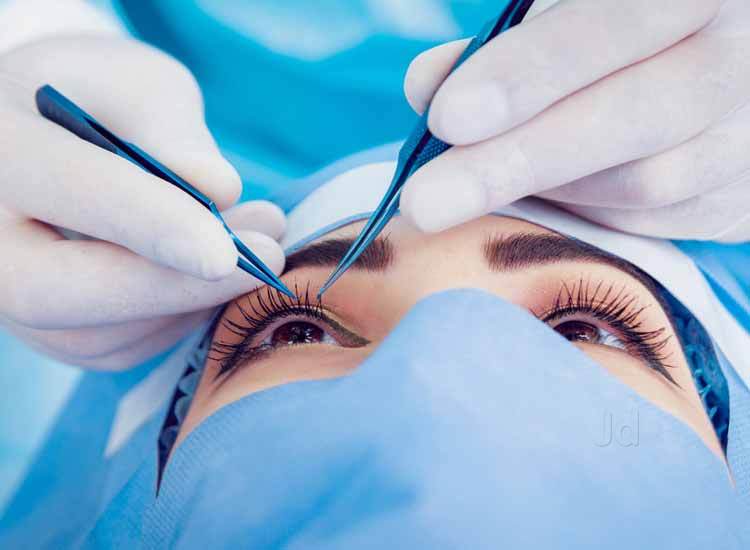Contact us for professional Cataract Surgery.
Cataracts are caused by clouding of the lens of the eye and often due to aging. This can reduce the quality of vision and even lead to complete blindness. Cataract surgery is the process of removing the lens of the eye and replacing it with an artificial lens. This procedure has become quite common and safe with the development of modern medicine. Cataract surgery is a frequently preferred method to restore the visual quality of patients.

#forvitalTurkey
What is done in Cataract Treatment?
Monofocal Lenses
Toric Lenses
Biofocal Lenses
Add-on Lenses
Trifocal Lenses (Smart Lenses)
Preliminary information
Please contact our doctor to get information about the surgery.
Report
Get the evaluations of our experts for the most suitable procedure for your eye
Offer
Get information about price and operation
Operation
You are now ready for the operation. We handle all your visa travel procedures.

Make Your Reservation Now
Contact us now for Cataract Surgery with Forvital Turkey and let our customer service talk to you..
Meet our Forvital Türkiye expert team
QUESTION ANSWER
Like any surgical procedure, cataract surgery has certain risks. Since the operation is microsurgical, the success of the operation is directly related to the selection of the appropriate method for the appropriate patient, the experience of the ophthalmologist, the quality of the material and the sterilization of the operating room environment..
If there is no reason to reduce vision other than cataract in the eye, an eye that has undergone cataract surgery regains its former vision.
During cataract surgery, the lens placed in the eye can be adjusted to see far or near clearly. Thus, if the eye of the operated person is reset for distance, he can see the distance clearly without glasses, but he needs to use glasses for near. If the eye is made nearsighted with the lens inserted in the surgery, that person will be able to see near without glasses, but the need for glasses for distance will arise. If a multifocal lens is preferred, myopia, hyperopia and astigmatism problems can be solved with a single lens.
No, surgery can be performed at any stage of the cataract, as soon as the cataract forms and the vision begins to decrease.
Yes, there is a higher probability of problems in advanced cataract abdominal surgery. In addition, the operation time is longer in advanced cataracts.
Local anesthesia is preferred over general anesthesia for cataract surgery. The eye is anesthetized by anesthetizing and eye movements are eliminated.
Laser surgery is an option that can be performed if needed in the post-operative period.
Cataract surgery cannot solve the lazy eye problem. There are different treatment methods for lazy eye.
Valuable comments from our customers
Share your post with the tag @forvitalturkey to send your comments.